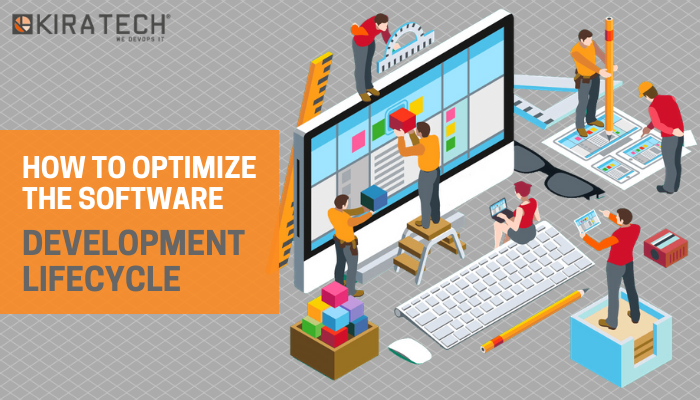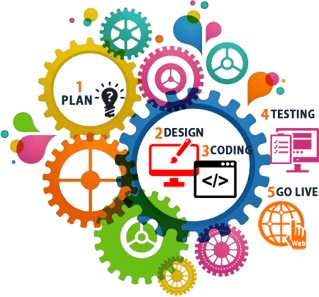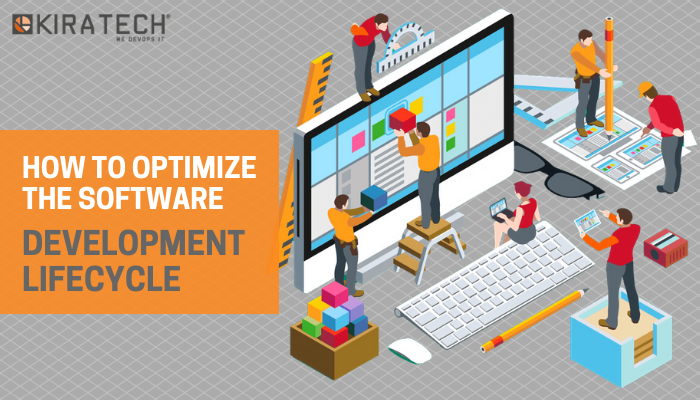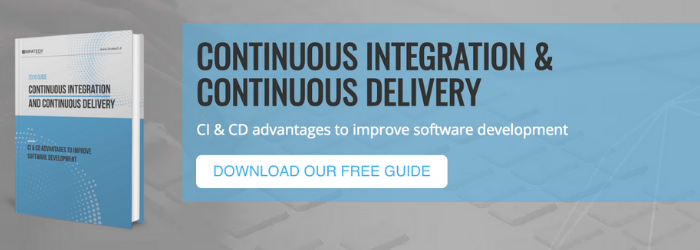
In the era in which the applications have to be innovative and continuously updated, it is very important to have a software development lifecycle as short as possible to keep the company competitive.
The customers are asking which is the best way to plan, build and accelerate the release process but also to keep the whole lifecycle under control, as the much common issue is the request for achieve the release phase faster and for continuously improve the applications’ functionalities.
Said this, it is clear that there is a strong need for a better and faster software development lifecycle management solution. Let’s analyse all the methodologies and mechanisms that allow these problems resolution.

Continuous Integration
Continuous Integration is the best practice to make the software release process faster, working in agile way through the optimization and testing for an easier bugs identification, as the DevOps methodology rules. This technique ensures a better work organization, keeping teams always updated and implementing a fast, efficient and safe delivery process. Let’s see the main advantages:
- No more divergencies between different code versions caused by the continuous updates occurred for a long period without a real integration. Traditional developers used to work separately to develop a single function only. Talking about complex works, after some months developing, it is very hard to put the different codes together and to identify and correct the possible bugs. The Continuous Integration practice, on the contrary, argues that it is possible to completely avoid this problem with a continuous code integration, during which every modification can be previously tested and checked in order to be sure that it perfectly works, and it is inserted into a shared repository.
- Fast bugs correction. Issues can be quickly solved thanks to the daily automatic tests and to the continuous shared repository updates.
- Fast and better work organization: developers commit their work at least one time per day activating a test process that sends notifications in case of problems to allow their immediate resolution. With the previous traditional methodology there was a postponed integration (weeks or months) that caused delays and the necessity to go over the same task with the passage of time.
- Productivity improvement. There is a big time saving thanks to these faster automatic tests; all the software development process activities, that can be automated, are not going to be made manually, allowing teams to focus on more important things.
- Fast updates release, ensuring companies that they’ll be able to quickly react to market changes and to make the time-to-market faster.
Continuous Integration Tools
The first Continuous Integration platform in the world is Jenkins by CloudBees. One of the reasons why it is the most used solution is for its plugin quantity and for its interactions with other tools (more than 1.000 nowadays).
If you are interested in continuous Integration and you want to learn more about it, download our Free Guide:








